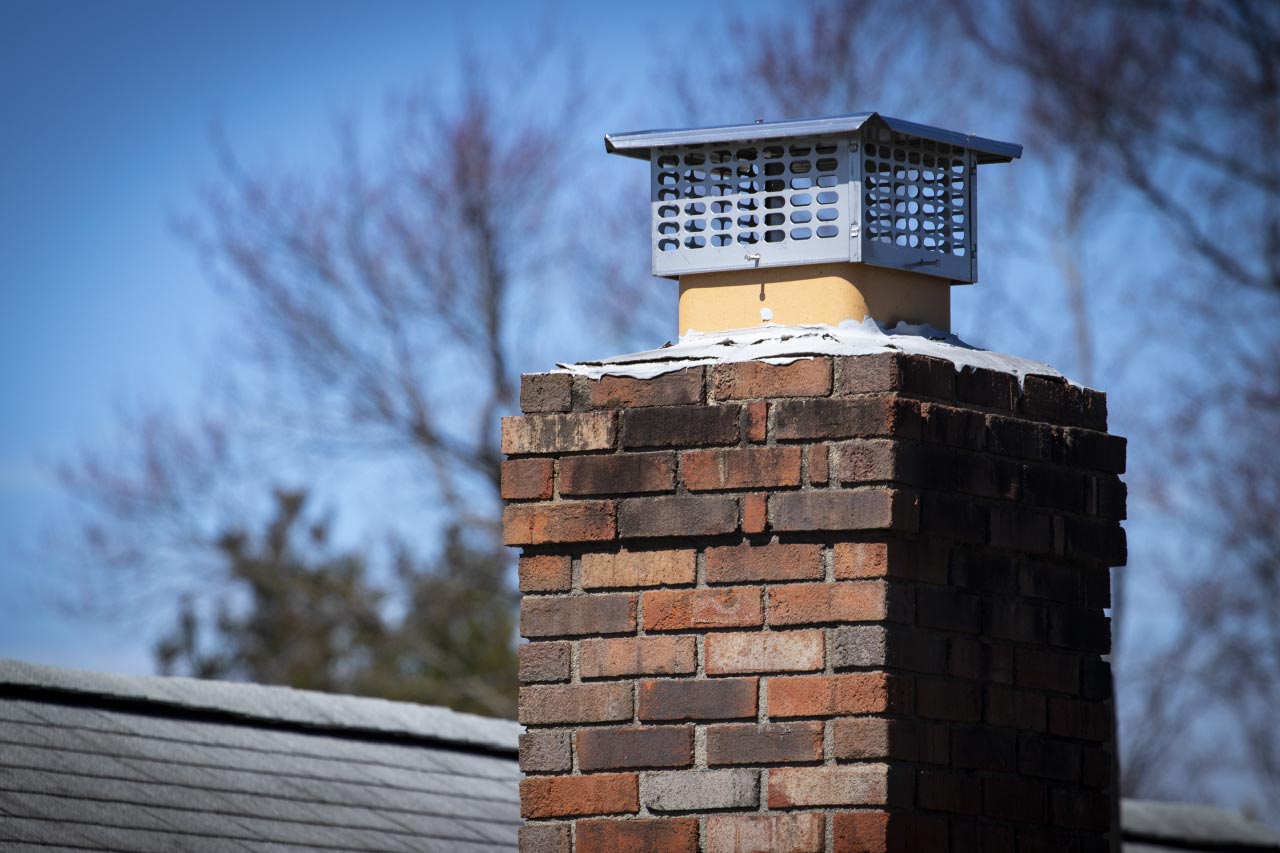

Articles
How Much Does It Cost To Cap A Chimney
Modified: December 7, 2023
Find out the average cost of capping a chimney with our informative articles. Get estimates and make an informed decision.
(Many of the links in this article redirect to a specific reviewed product. Your purchase of these products through affiliate links helps to generate commission for Storables.com, at no extra cost. Learn more)
Introduction
Welcome to our comprehensive guide on chimney capping costs. A chimney is an essential component of any home, providing ventilation for fireplaces, stoves, and furnaces. However, if your chimney is not properly capped, it can lead to various problems such as water damage, debris buildup, animal intrusion, and even energy loss. Investing in chimney capping is crucial to protect your chimney and maintain its functionality.
In this article, we will explore the factors that affect chimney capping costs and provide insights into the average cost you can expect to pay. Additionally, we will discuss the different materials used for chimney capping and the pros and cons of each. Whether you decide to go the do-it-yourself (DIY) route or hire a professional, it’s important to understand the cost implications and considerations.
So, let’s dive in and explore the world of chimney capping costs!
Key Takeaways:
- Protect your chimney from water damage, debris buildup, and animal intrusion by investing in chimney capping. Consider factors like size, materials, and additional costs to make an informed decision.
- Whether DIY or hiring a professional, chimney capping is a crucial investment. Understand the pros and cons of each approach to ensure a successful and secure installation.
Read more: How Much Does It Cost To Build A Chimney
Factors Affecting Chimney Capping Costs
When it comes to chimney capping costs, several factors can influence the final price. Understanding these factors will help you make an informed decision and budget accordingly. Let’s take a closer look at the key factors impacting chimney capping costs:
- Chimney Size: The size of your chimney plays a significant role in determining the cost. Larger chimneys will require more materials and labor, which can drive up the overall expense.
- Chimney Height: taller chimneys may require additional safety measures and may require specialized equipment, which can increase the cost of capping.
- Chimney Condition: If your chimney is in poor condition and requires repairs or extensive preparation work before capping, the cost will likely be higher. Damaged masonry or structural issues may need to be addressed before the cap can be installed.
- Type of Cap: There are various types of chimney caps available, such as stainless steel, copper, or galvanized steel. Each type has its own price range, with stainless steel being the most expensive and galvanized steel generally being the most affordable.
- Additional Features: Some chimney caps come with added features like spark arrestors, animal screens, or rain diverters. These features can increase the cost but provide additional benefits and protection.
- Local Labor Rates: Labor costs can vary depending on your location. In areas with higher living costs, you can expect to pay more for professional chimney capping services.
It’s important to consider these factors when estimating the cost of chimney capping. Keep in mind that every chimney is unique, so the final cost may differ based on your specific circumstances. Obtaining multiple quotes from reputable professionals will give you a clearer idea of the expected expense for your particular chimney.
Materials for Chimney Capping
When it comes to chimney capping, there are various materials to choose from. Each material has its own advantages and considerations. Understanding the different options will help you make an informed decision based on your budget, style preferences, and desired functionality. Let’s explore the most commonly used materials for chimney capping:
- Stainless Steel: Stainless steel chimney caps are popular for their durability, corrosion resistance, and sleek appearance. They are available in various finishes, such as brushed or polished, and can withstand extreme weather conditions. Stainless steel caps tend to be more expensive but are a long-lasting investment.
- Copper: Copper chimney caps are known for their aesthetic appeal and natural patina that develops over time. They offer excellent durability and are resistant to corrosion. Copper caps are more expensive than stainless steel but add a touch of elegance to your chimney.
- Galvanized Steel: Galvanized steel caps are a more budget-friendly option. They are less expensive than stainless steel and copper but still offer decent durability and protection for your chimney. However, galvanized steel caps may not have the same aesthetic appeal as higher-end materials.
- Masonry: If you prefer a more traditional look, masonry chimney caps can be a suitable option. These caps are made with matching masonry materials and blend seamlessly with the chimney structure. However, masonry caps can be more expensive and may require skilled labor for installation.
- Clay Tile: Clay tile chimney caps are another traditional option. They are durable, resistant to high temperatures, and offer a classic look. However, clay tile caps can be more brittle and prone to cracking, requiring regular maintenance and replacement.
When selecting a material for your chimney cap, consider factors such as your budget, desired aesthetics, and maintenance requirements. It’s also essential to choose a material that is suitable for the climate in your area, ensuring the cap can withstand the local weather conditions.
Remember, consulting with a professional chimney capping specialist will help you determine the best material for your specific chimney and ensure proper installation to maximize longevity and functionality.
Average Cost of Chimney Capping
The cost of chimney capping can vary depending on several factors, including the size of the chimney, the materials used, and the labor involved. On average, homeowners can expect to pay anywhere from $300 to $1,500 for chimney capping. However, it’s important to keep in mind that this is just an average estimate, and the actual cost may differ based on your specific circumstances.
When determining the cost, it’s essential to consider both the materials and labor. The materials cost can range from $100 to $1,000, depending on the type of cap and the materials used. Stainless steel and copper caps tend to be on the higher end of the price range, while galvanized steel and masonry caps are generally more affordable.
Labor costs can vary significantly depending on the complexity of the installation and the region you are located in. On average, professional chimney capping services charge between $200 and $500 for labor or installation fees. Keep in mind that these costs may increase if there are additional repairs or preparation work required before capping can be done.
It’s worth noting that these prices are for standard chimney capping jobs. If your chimney requires extensive repair work or if you opt for additional features like spark arrestors or rain diverters, the cost may increase accordingly.
Obtaining multiple quotes from reputable chimney capping professionals is crucial to get an accurate estimate for your specific chimney. Additionally, be cautious of extremely low-priced quotes, as they may be a red flag for subpar materials or inexperienced contractors.
Remember, investing in quality materials and professional installation ensures the longevity and functionality of your chimney cap. It’s a worthwhile investment to protect your chimney from water damage, debris buildup, and the intrusion of animals.
Before capping a chimney, it’s important to have it inspected by a professional to determine the type of cap needed and any necessary repairs. This can help avoid unexpected costs and ensure the job is done properly.
Additional Costs to Consider
When budgeting for chimney capping, it’s important to consider additional costs that may arise during the process. These costs can vary depending on the condition of your chimney and any specific requirements you may have. Here are some potential additional costs to consider:
- Chimney Repairs: If your chimney has any existing damage or structural issues, it may require repairs before capping can be done. Cracked masonry, deteriorated mortar joints, or damaged flue liners may incur additional costs for restoration or replacement.
- Chimney Cleaning: It’s recommended to have your chimney cleaned before capping to ensure there is no built-up creosote or debris. Professional chimney cleaning services may be an additional cost to consider.
- Chimney Inspections: If you haven’t had a recent chimney inspection, it’s wise to have one done before capping. This will help identify any hidden issues that may require attention and may incur an additional cost.
- Access Equipment: Depending on the height and accessibility of your chimney, additional access equipment such as scaffolding or ladders may be necessary. Rental costs for this equipment should be factored into your budget.
- Permit Fees: In some areas, obtaining a permit for chimney capping may be required. Check with your local building department to see if any permit fees or inspections are necessary, which may add to the overall cost.
- Fire and Carbon Monoxide Detectors: While not directly related to chimney capping, it’s essential to ensure you have working fire and carbon monoxide detectors in your home. If your existing detectors are outdated or non-functional, budget for the cost of new detectors as a safety precaution.
By considering these additional costs, you can better prepare your budget and avoid any unforeseen expenses. It’s always advisable to consult with a professional chimney specialist who can assess your specific needs and provide accurate cost estimates based on your chimney’s condition and requirements.
Read more: How Much Does Chimney Inspection Cost
DIY vs. Hiring a Professional
When it comes to chimney capping, you have the option of tackling the project yourself or hiring a professional. Both options have their pros and cons, and the decision ultimately depends on your skill level, time availability, and comfort with DIY projects. Let’s explore the benefits and considerations of each approach:
DIY Chimney Capping:
Benefits:
- Cost Savings: DIY chimney capping can be more cost-effective since you won’t have to pay for labor fees. However, keep in mind that you’ll still need to purchase the necessary materials, tools, and equipment.
- Flexibility: Doing it yourself allows you to work at your own pace and schedule, without relying on the availability of professionals.
- Sense of Accomplishment: Completing a DIY project successfully can give you a great sense of accomplishment and pride in your home improvements.
Considerations:
- Skill and Experience: Chimney capping requires knowledge of the proper installation techniques and tools. If you’re inexperienced or unsure about your abilities, DIY may not be the best option to ensure a proper and secure installation.
- Safety Risks: Working on a roof or at heights can be dangerous. If you’re not comfortable working at heights or don’t have the necessary safety equipment, it’s safer to leave the job to professionals.
- Time and Effort: DIY chimney capping can be time-consuming and require physical effort. Consider whether you have the time and energy to dedicate to the project.
Hiring a Professional:
Benefits:
- Expertise and Experience: Professional chimney capping services have the knowledge, skills, and experience to ensure a proper and professional installation. They can handle any repairs, preparation work, and follow local building codes and regulations.
- Time Saving: Hiring professionals allows you to save time and effort by entrusting the project to experienced individuals who can complete the task efficiently.
- Warranty and Guarantee: Reputable professionals often offer warranties or guarantees on their workmanship and materials used, giving you peace of mind in case of any issues.
Considerations:
- Costs: Hiring a professional chimney capping service involves additional costs for labor and expertise. However, it ensures a properly installed and secure chimney cap.
- Scheduling: Depending on the availability of professionals, you may need to coordinate the installation with their schedule, which could lead to some delays.
Consider your skill level, time availability, and budget when deciding between DIY chimney capping and hiring a professional. If you have any doubts about your capabilities or safety concerns, it’s always advisable to consult with and hire a trusted chimney capping professional to ensure a successful and secure installation.
Conclusion
Chimney capping is a crucial aspect of chimney maintenance that helps protect your home from water damage, debris buildup, and animal intrusion. Understanding the factors that influence chimney capping costs, the different materials available, and the pros and cons of DIY versus hiring a professional can help you make an informed decision.
When budgeting for chimney capping, consider factors such as the size and condition of your chimney, the materials used, and any additional costs for repairs, cleaning, or permits. Obtaining multiple quotes from reputable professionals will give you a clearer idea of the expected expense for your specific chimney.
Choosing the right materials for your chimney cap is essential for its durability and functionality. Stainless steel, copper, galvanized steel, masonry, and clay tile are commonly used materials, each with its own advantages and considerations. Consult with a professional to determine the best material for your chimney based on your budget, style preferences, and climate.
Deciding between DIY chimney capping and hiring a professional depends on your skill level, time availability, and comfort with DIY projects. While DIY can save you money, it requires adequate knowledge and experience to ensure a proper installation. Hiring a professional ensures expertise, time savings, and guarantees on workmanship and materials.
In conclusion, chimney capping is a necessary investment to protect your chimney and maintain its functionality. Consider the factors discussed in this guide, consult with professionals, and make an informed decision that suits your specific needs and budget. By properly capping your chimney, you can enjoy peace of mind, improved energy efficiency, and a well-protected home.
Frequently Asked Questions about How Much Does It Cost To Cap A Chimney
Was this page helpful?
At Storables.com, we guarantee accurate and reliable information. Our content, validated by Expert Board Contributors, is crafted following stringent Editorial Policies. We're committed to providing you with well-researched, expert-backed insights for all your informational needs.
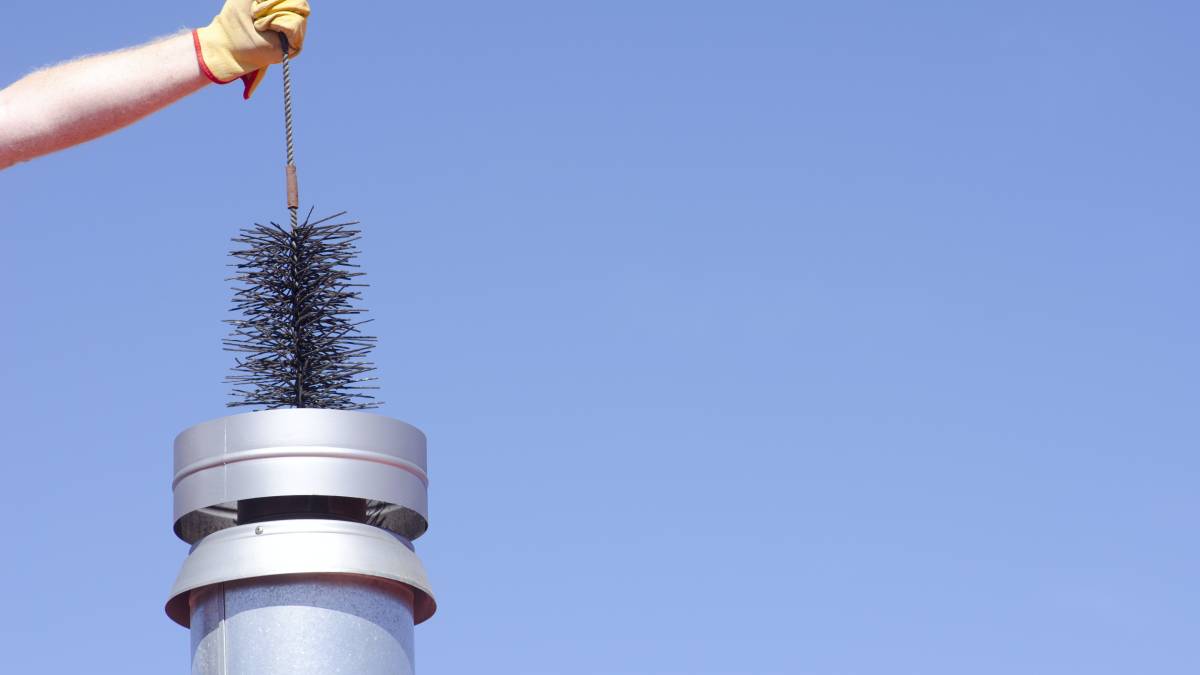
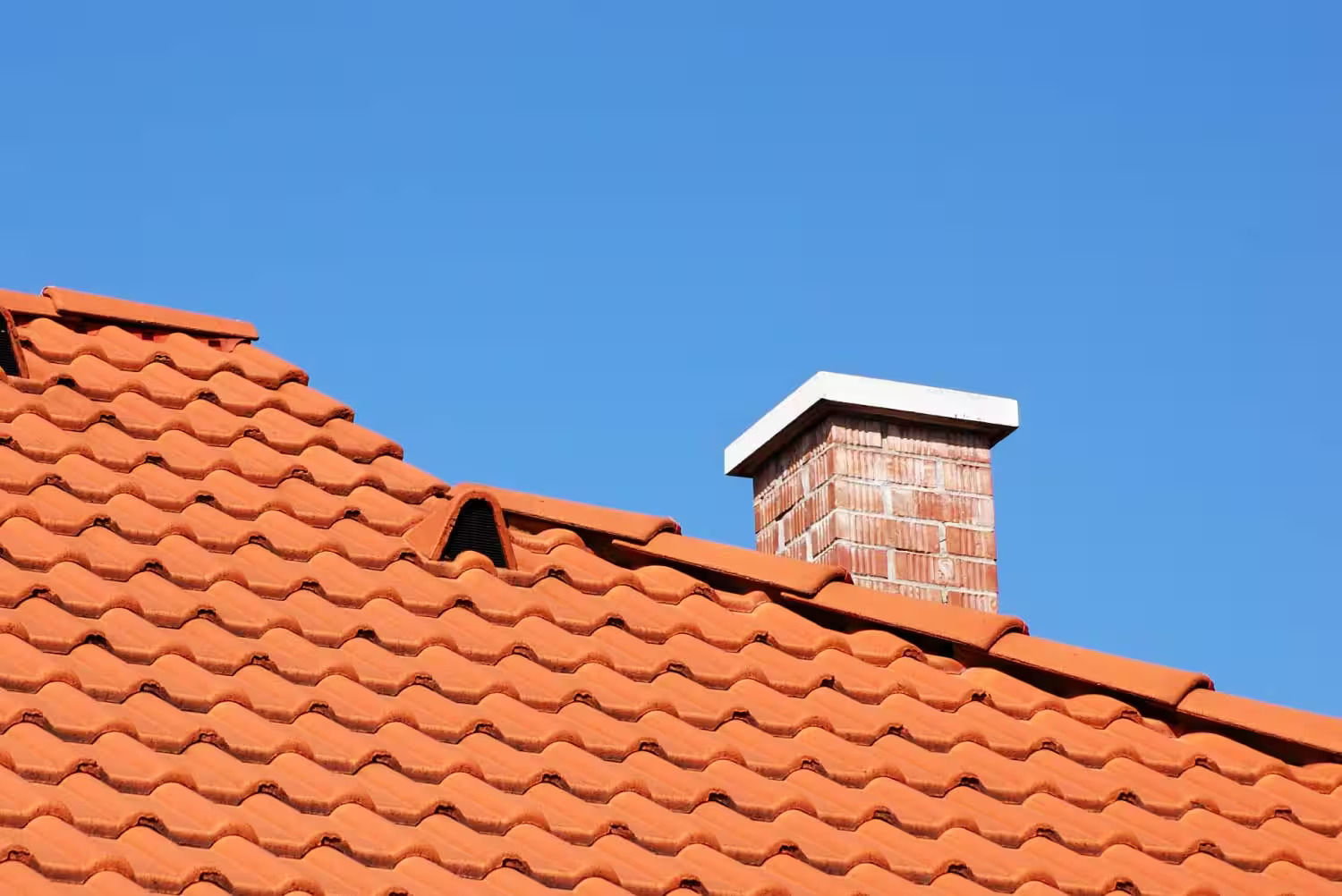
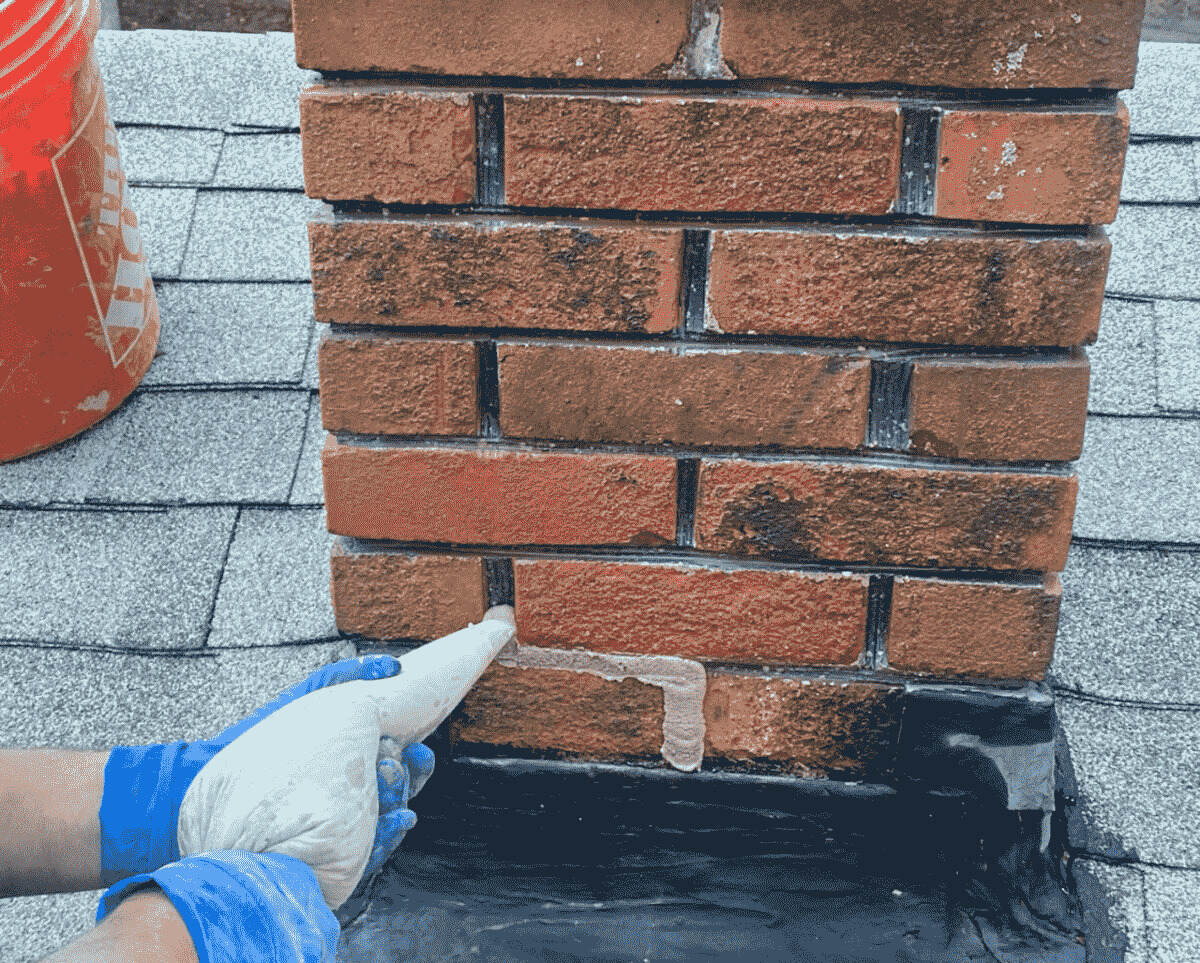
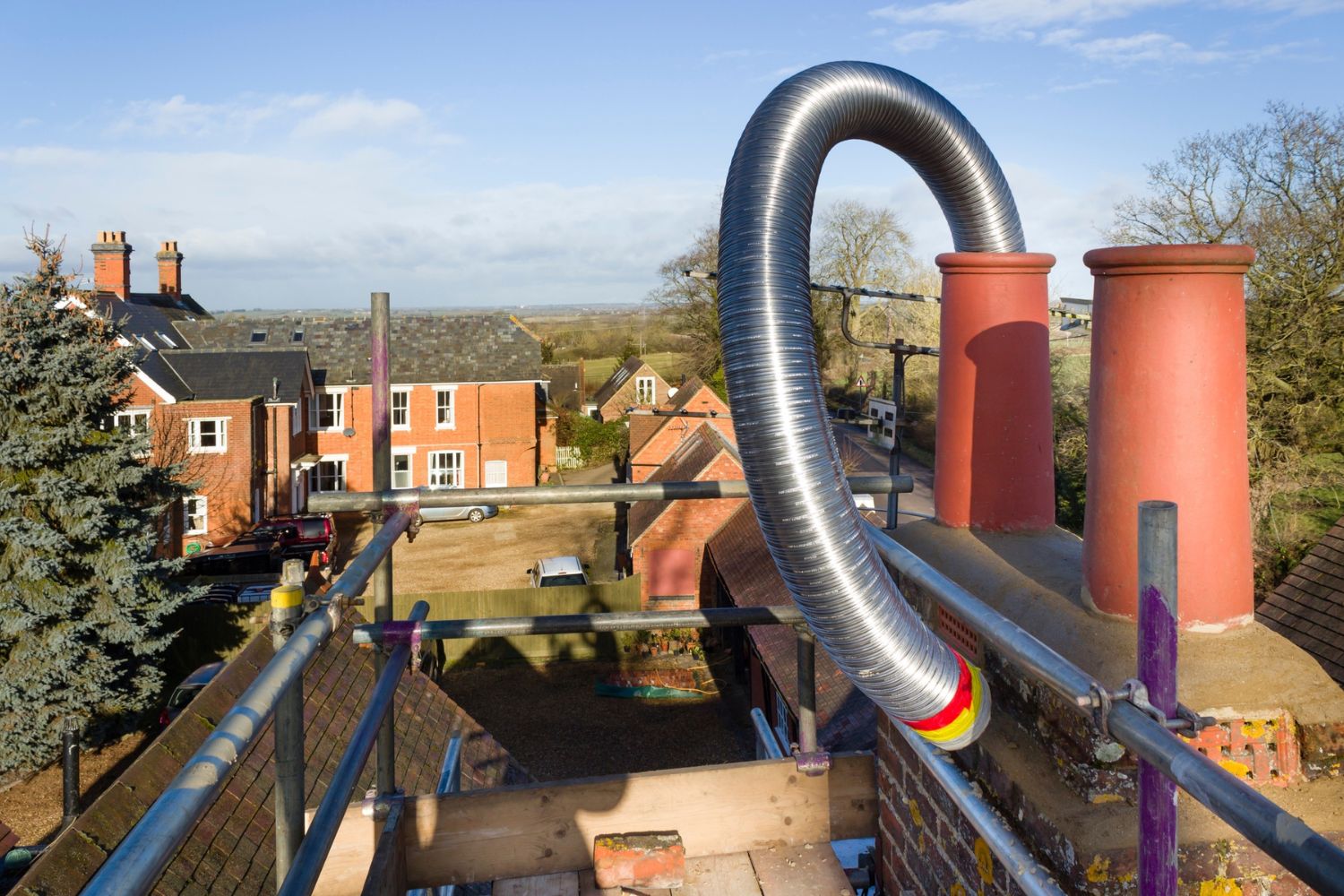
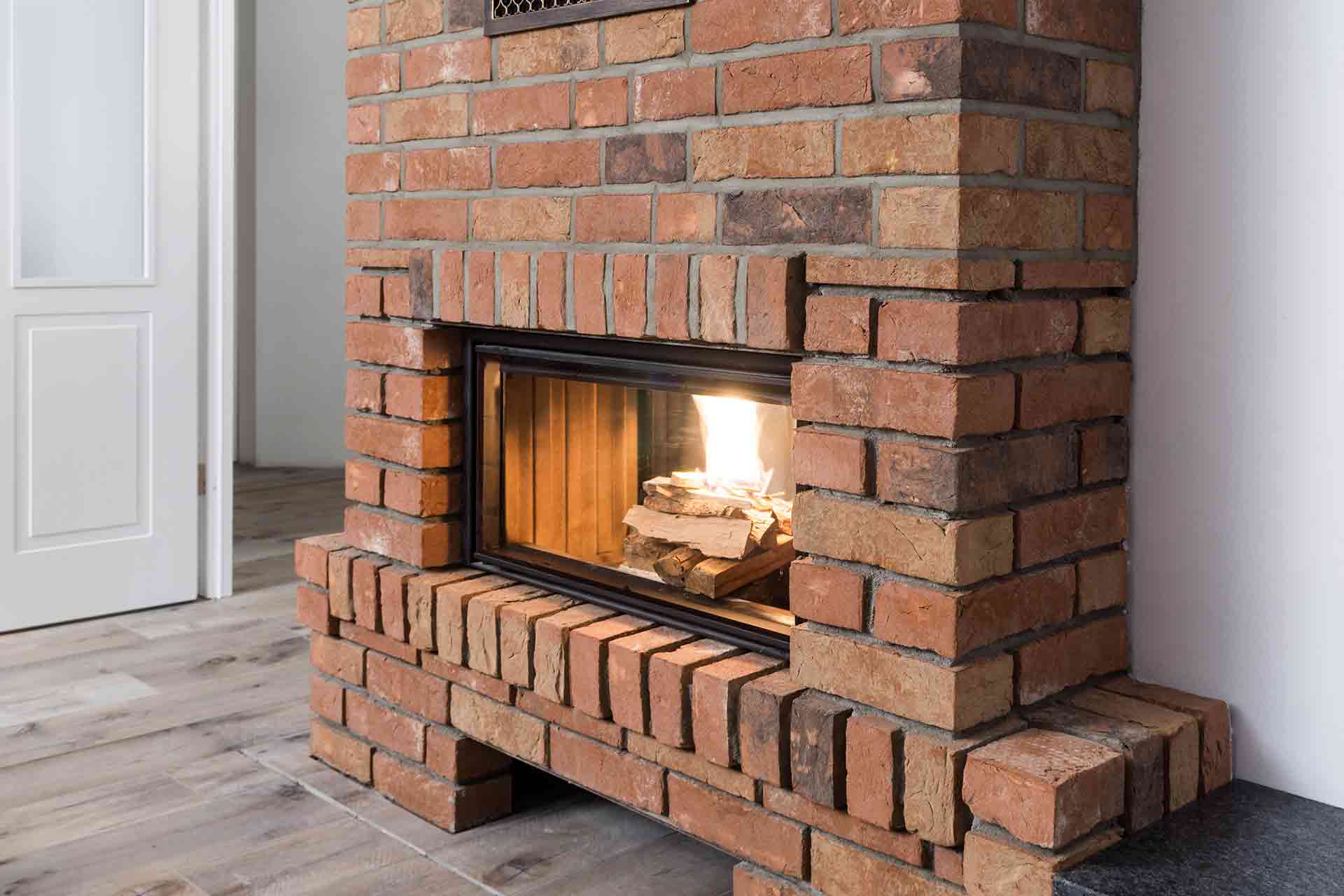
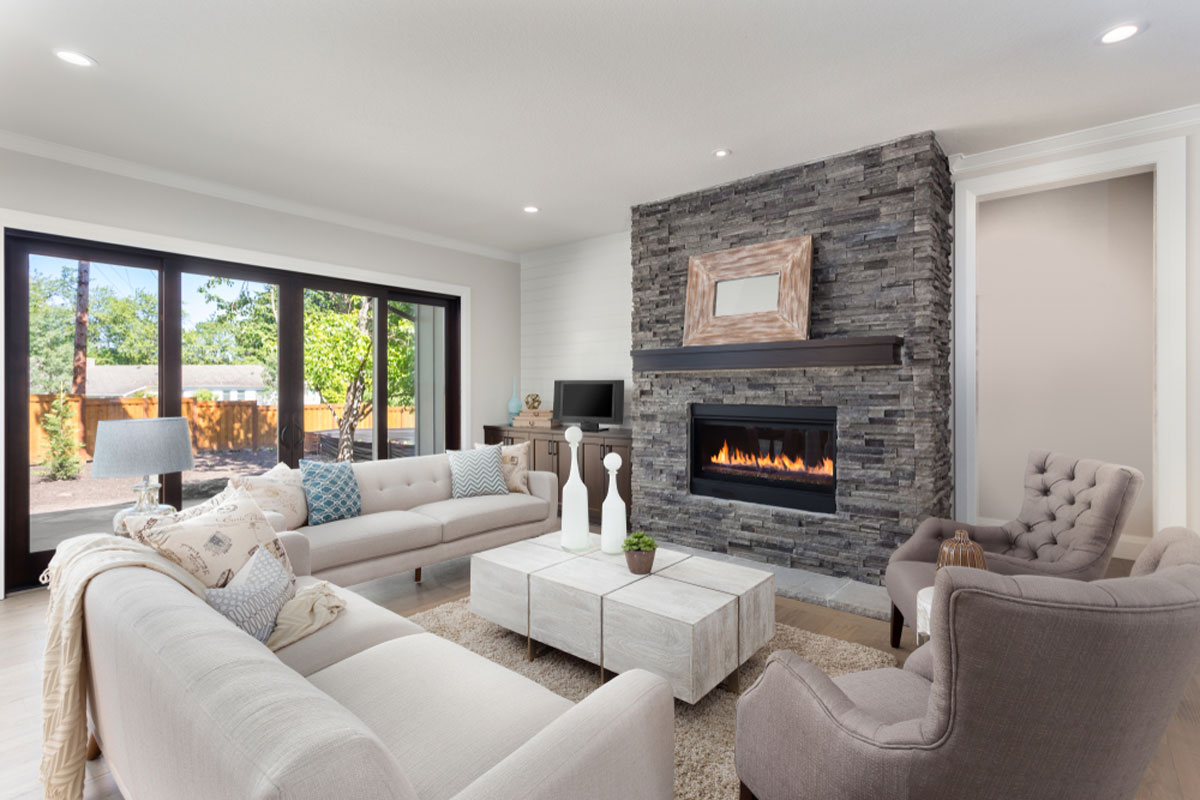
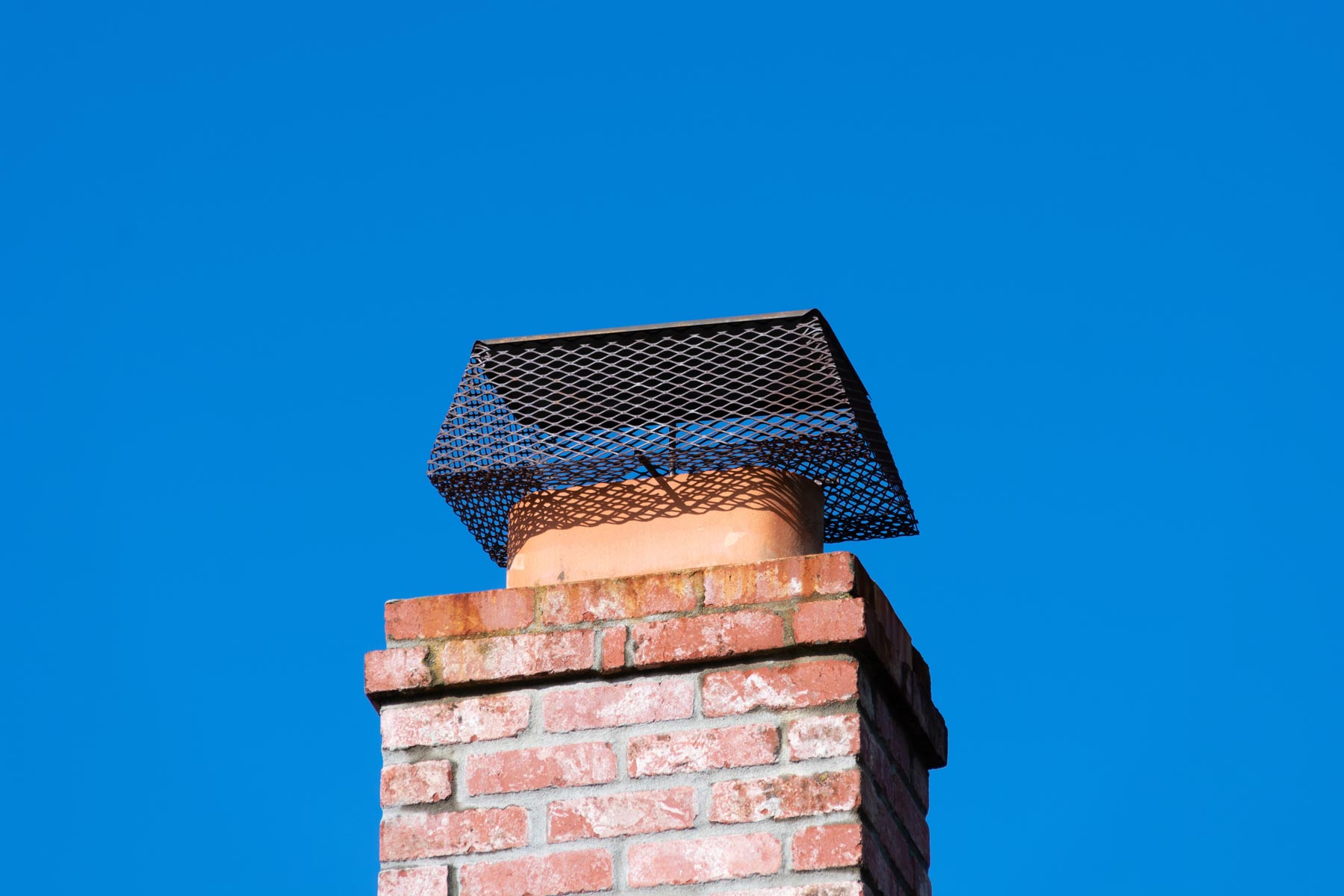
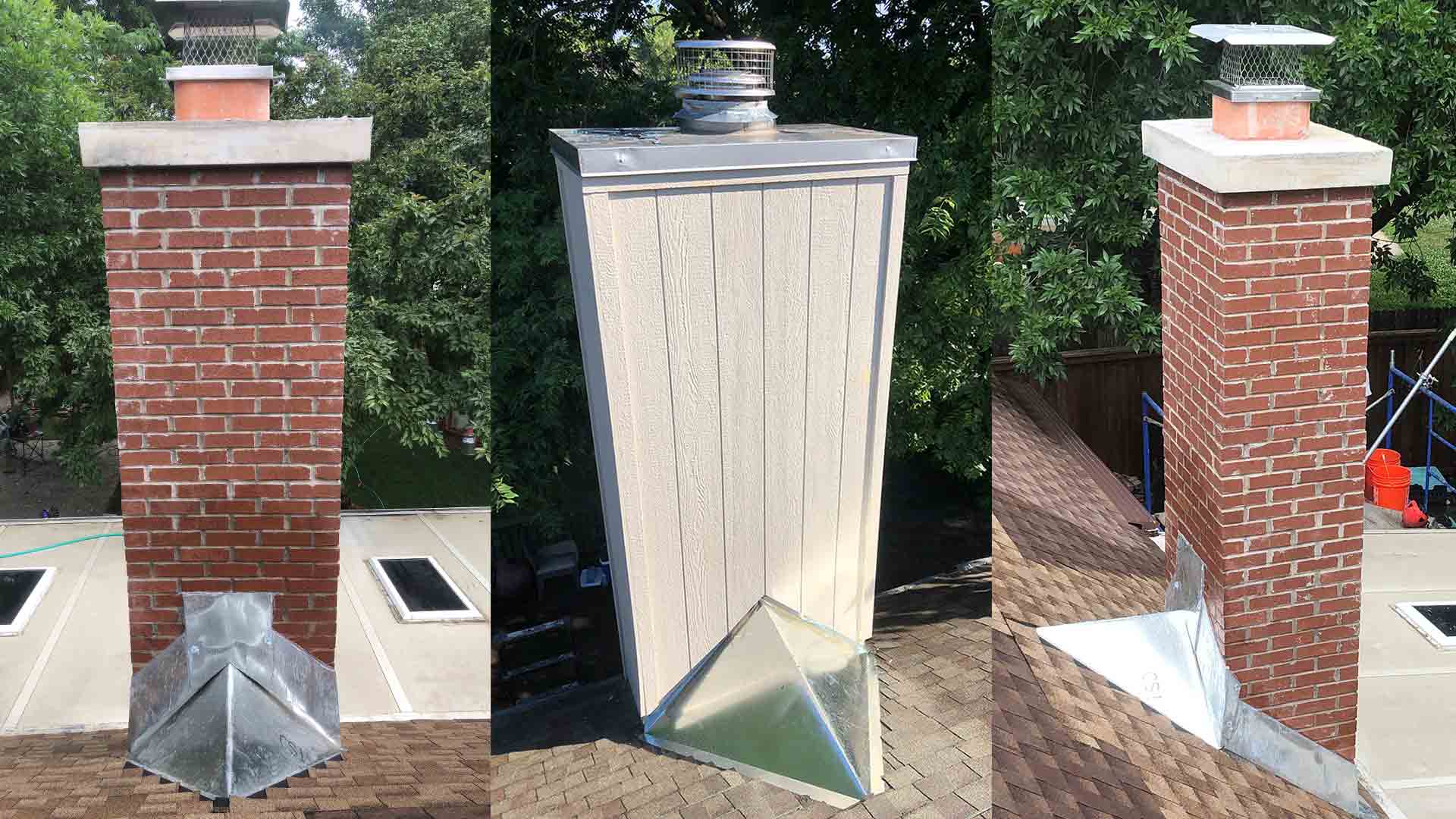
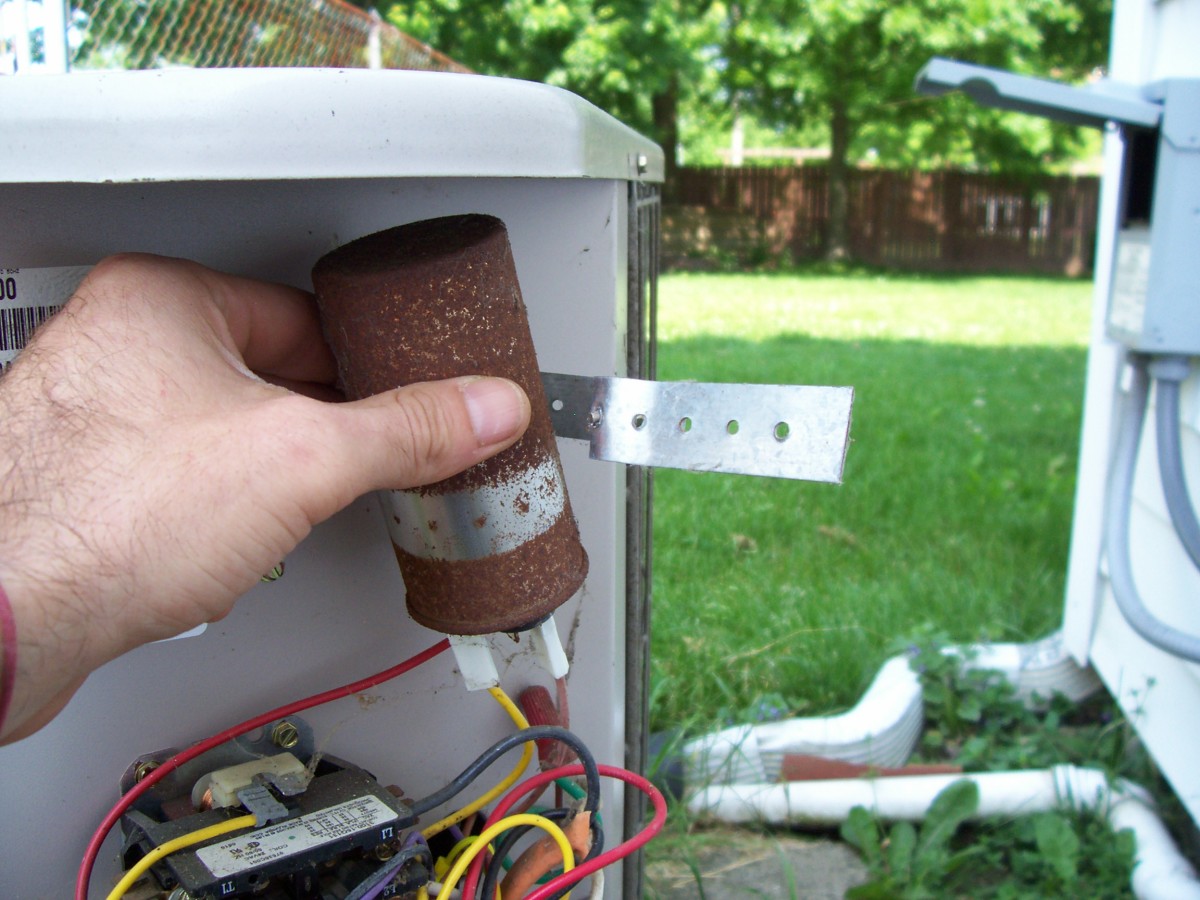




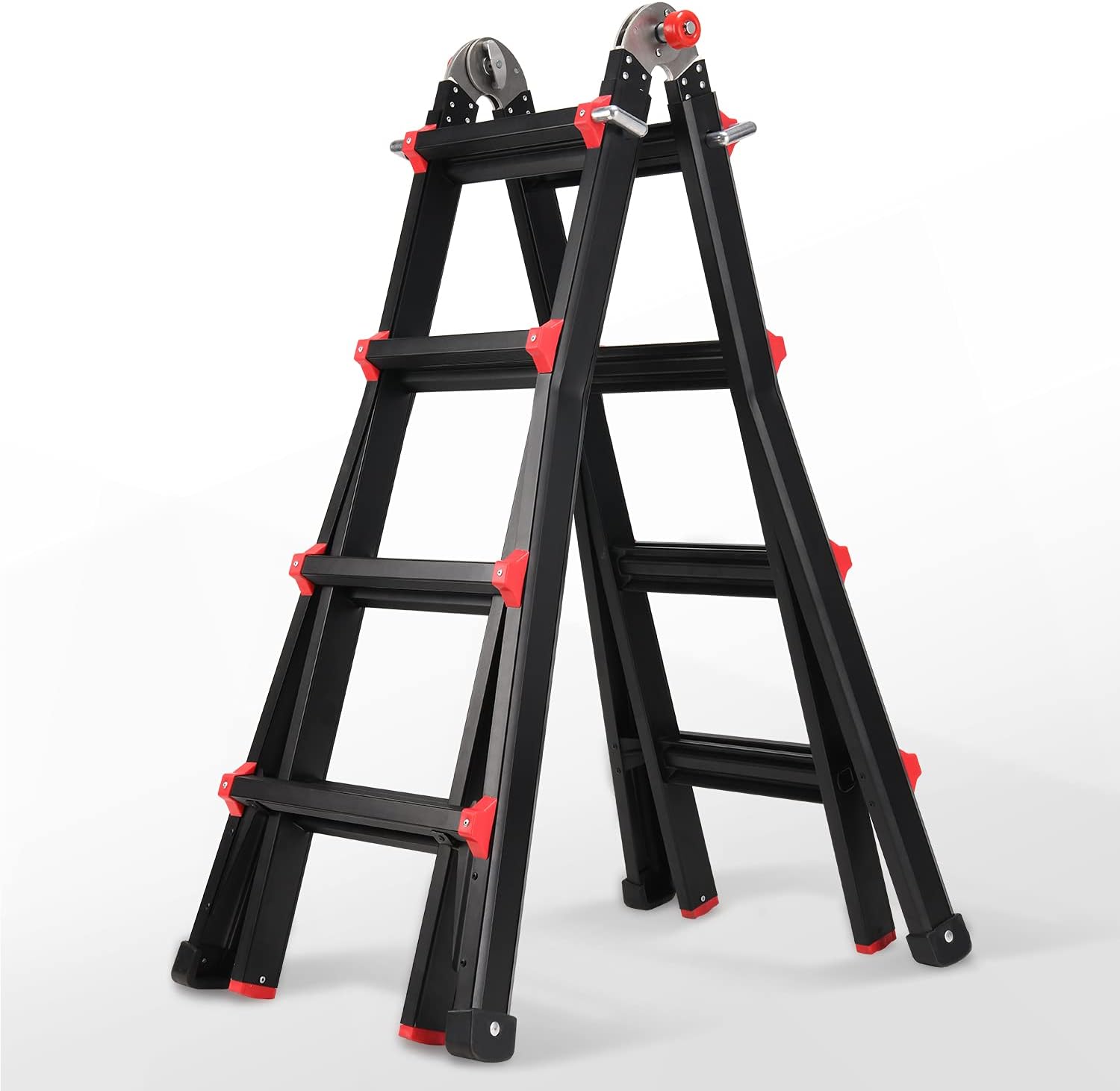

0 thoughts on “How Much Does It Cost To Cap A Chimney”